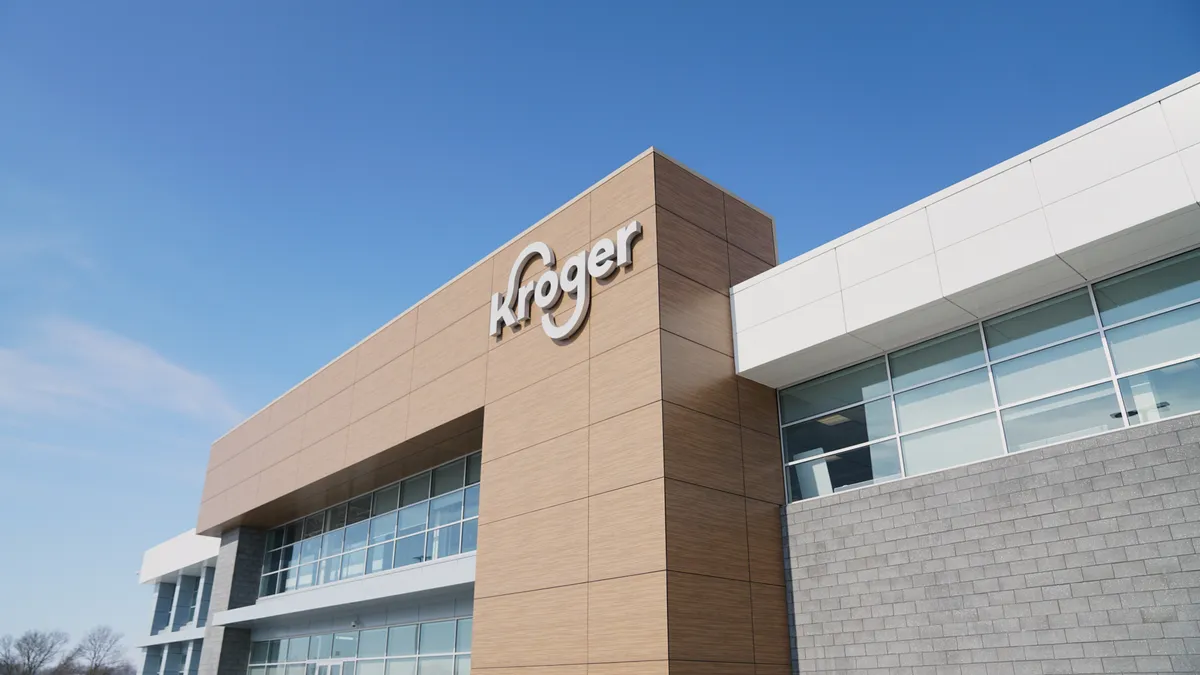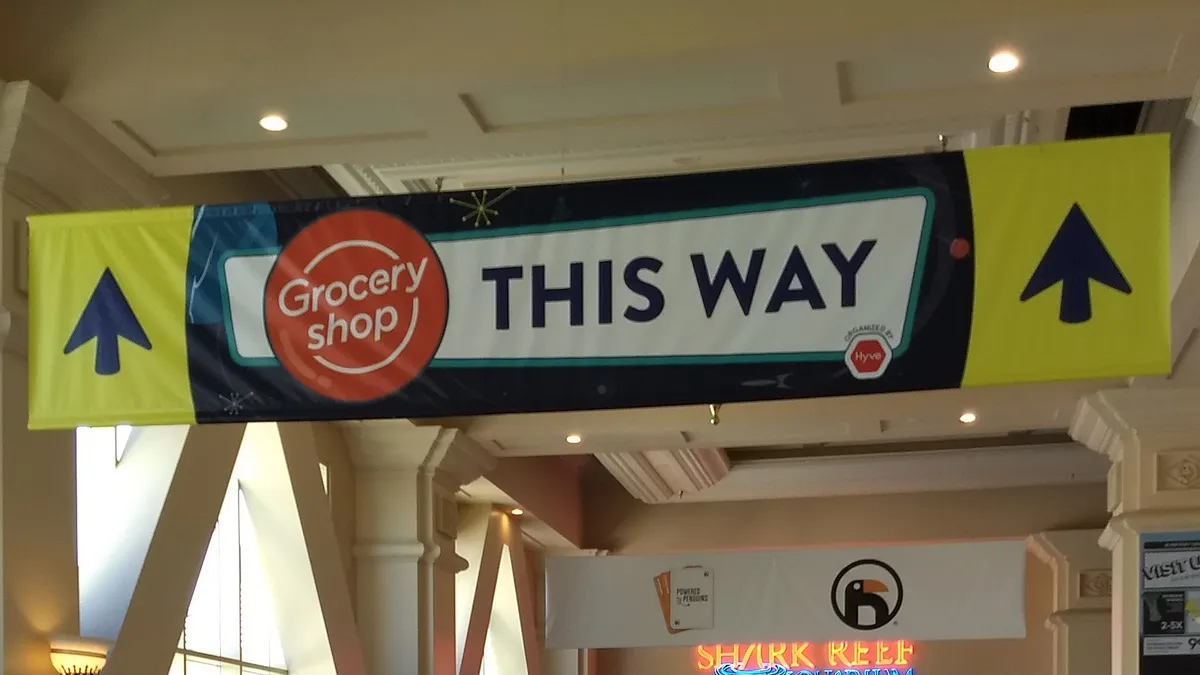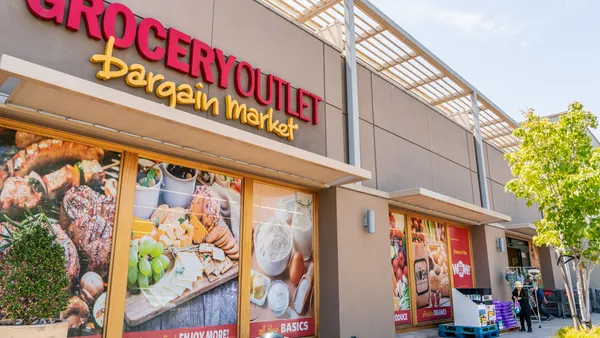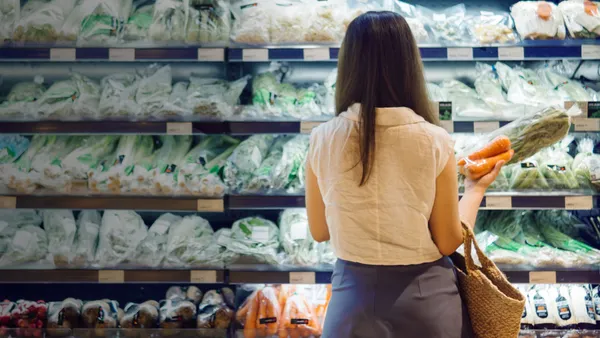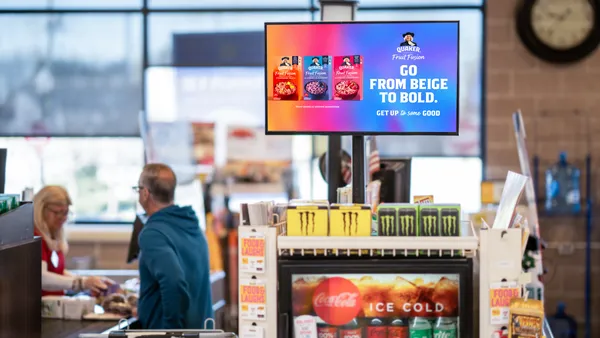While Kroger’s plan to acquire Albertsons is drawing scrutiny because it would bring under single control the nation’s two largest chains of brick-and-mortar supermarkets, the proposed merger is also focusing attention on the retailers’ approaches to using automation to provide consumers with ready access to groceries.
Kroger has invested billions of dollars to develop the growing network of the robotic customer fulfillment centers (CFCs) it is building in partnership with Ocado, which are optimized to serve entire regions. As for Albertsons, it’s placed its faith in micro-fulfillment technology meant to fill e-commerce orders across relatively small geographic areas.
Kroger plans to build CFCs in the Northeast, California and Pacific Northwest — areas where Albertsons has a strong presence but where Kroger does not. At the same time, Kroger has been tapping its automated e-commerce facilities to expand into states where it does not operate physical stores, like Florida and Oklahoma.
Although they might be different in scope and design, the companies’ approaches to e-commerce automation could play a significant role as regulators evaluate the market power Kroger and Albertsons would wield if they are permitted to combine, said Ken Fenyo, president of research and advisory at Coresight Research, a global firm specializing in retail- and technology-related trends.
“[T]hese CFCs (when operational) could cannibalize store sales,” a recent Coresight Research report noted, referring to Kroger’s automated e-commerce facilities.
If the deal gets past regulators, how exactly Kroger and Albertsons would mesh their automation strategies together remains to be seen, but the different routes they have taken in deploying automation could provide them with advantages.
Combining automated central fulfillment centers and MFCs can accommodate serving both larger, more traditional baskets as well as small, quick-commerce orders, Coresight noted.
In addition, having a range of automated centers could allow an enlarged Kroger to serve various markets differently, with density and order volume potentially serving as key factors in determining which type of facility would best serve that area, Fenyo said. Given how much time and money Kroger has invested in the Ocado relationship, what happens to Albertsons’ MFCs could depend on where Kroger sees them fitting into its strategy with Ocado, he added.
How they will mesh their approaches to automation is just one of many technology-related questions Kroger and Albertsons will need to resolve as they look to merge, said Gautham Vadakkepatt, director of the Center for Retail Transformation at the George Mason University School of Business.
“The bigger challenge is data integration ... figuring out how to build a unified view of the customer, as well as figuring out the product assortment mix that they'll have to deal with,” he said.
Here’s a look back at how Kroger and Albertsons have each approached e-commerce automation in recent years:






